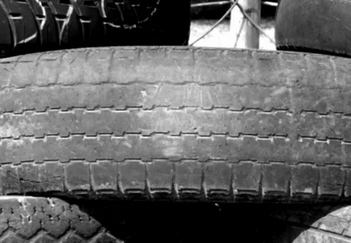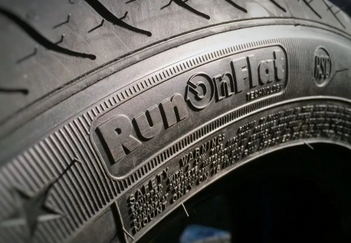
November 16, 2022
Top 8 Must-Know FAQs About Tyre Rotation
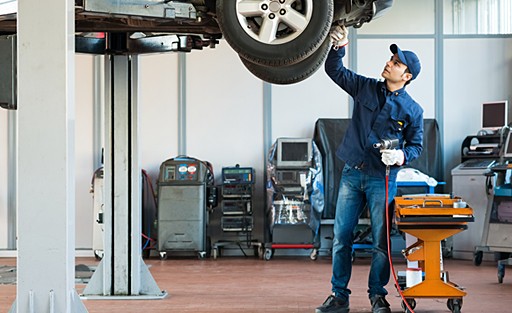
Top 8 Tyre Rotation FAQs
FAQS only, no myths! Tyroola enlightens you on the benefits of car tyre rotation by answering these questions.
1. What is tyre rotation?
Rotating your tyres means manually changing the positions of your tyres at regular intervals. Switching their positions may involve switching tyres front to rear or from side to side on the same axle.
When your tyres are in different locations, you promote even tread wear, helping them last longer. Click here for recommended tyre rotation patterns. It includes tips for rear-wheel and 4WD drive rotations and more!
💡Pro-Tip: The direction of rotation depends on your tyres and vehicles. For example, you can rotate asymmetric tyres of the same size rearward in a cross pattern. For front-wheel drive tyre rotation, you can exchange rear tyres with front tyres also in a cross pattern. To ensure proper rotation, consult your vehicle manual or a tyre expert.
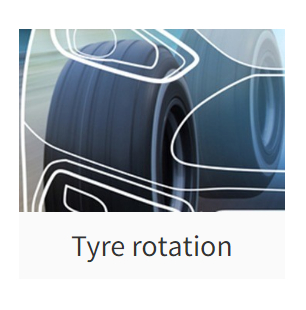
2. Why should I rotate my tyres?
Like death and taxes, tyre wear is inevitable. After all, your tyres are the only vehicle parts that make contact with the road. All your steering, acceleration and braking demands and your vehicle load can eat into your tyre's rubber and tread depth.
Rotating tyres promotes longer tyre life and even tread wear leading to better traction and handling, boosting safety, comfort and vehicle performance. So, should you start researching for tyre rotation costs and tyrer rotation services near you? Our answer is a resounding YES!
Also read: Tyre Load Rating & Tyre Speed Rating
3. When should I do tyre rotation?
Rotate tyres every 10,000 kilometres for cars and every 7,000 kilometres for 4x4s. You may rotate tyres earlier if you:
• Frequently drive at high speeds
• Carry or tow heavy loads
• Regularly travel long distances
All these put additional pressure on your tyres, causing faster wear. In such cases, frequent rotation can boost tyre life.
💡Pro-Tip: You may rotate tyres on your own, but you can also have this professionally done in a service station. While you're there, get a complete wheel and tyre checkup to nip damage and other issues in the bud.
4. Can tyre rotation alone solve uneven tyre wear?
Tyre rotation is a great way to even out tread wear, but it does not resolve wear issues caused by improper tyre pressure and problems in wheel alignment. Good driving habits such as gentle braking and acceleration and avoiding potholes also guarantee even tread wear.
💡Pro-Tip: Check your owner's manual or tyre placard to know the correct tyre pressure. The recommended car tyre pressure is usually 30 to 35 psi (pounds per square inch), and the bigger the vehicle, the higher its required pressure.
Also read: What is the Correct Tyre Pressure for My Car?
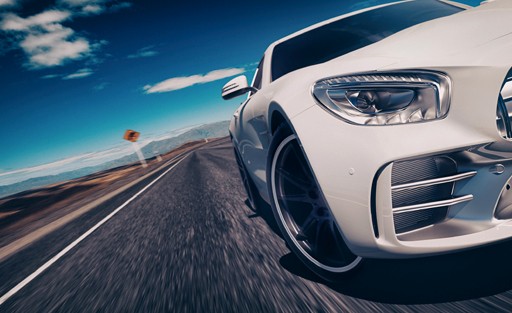
5. How do I rotate tyres for a staggered fitment?
Staggered fitment is when your front wheels are a different size from your rear wheels. Sports cars with a front-wheel drive usually have bigger front wheels, while those with a rear-wheel drive have bigger back wheels. Bigger tyres ensure that more rubber makes contact with the road, stabilising your vehicle during acceleration and sharp turns.
💡Pro-Tip: If you have a staggered fitment with directional tyres, you won't be able to rotate them. This is because directional tyres spin in one direction and can only be rotated from front to back. Meanwhile, staggered wheels can only be switched from one side to another.
Also read: Is It Safe to Mix Tyres?
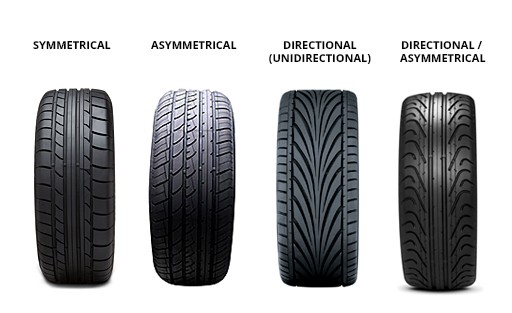
6. Where should I fit my two new tyres?
If all your tyres are not directional and the same size, experts advise you to mount your new tyres on the rear axle. While putting them at the front might seem the obvious decision since front tyres wear out quicker, repeated testing shows that it's best to relegate new tyres to the back. Why? Having rear tyres with more tread than the front can better prevent hydroplaning.
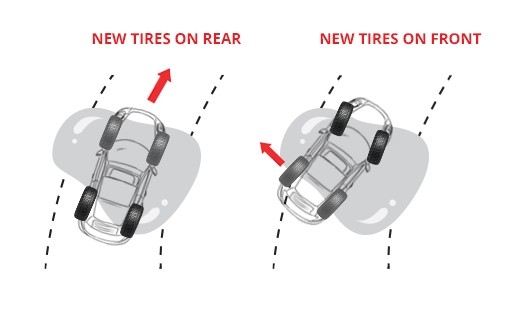
To better understand this, imagine stepping on the brake in wet conditions. When this happens, the centre of gravity moves forward, lightening the load at the back. But because the rear tires are new, they have a firm grip on the road, preventing you from losing control and the vehicle from sliding around.
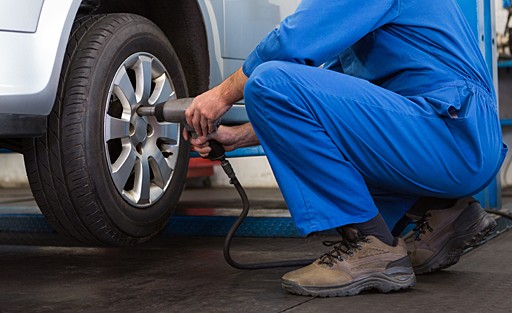
Also read: What is Hydroplaning And What Can You Do to Prevent It?
7. Can rotating my tyres affect wheel alignment?
Tyre rotation— and wheel alignment, which adjusts your vehicle's suspension—are separate procedures that don't affect each other. After a tyre rotation, drivers may experience a minor steering wheel shake, which may cause them to think that alignment is off. But this might be due to uneven tread wear, which your recent rotation should remedy in a short time. Once tyre wear evens out, steering should return to normal. If it continues, check your vehicle for alignment and other problems.
Also read: A Complete Guide to Wheel Alignment
8. Why won't the service station rotate my tyres?
Aside from your vehicle having directional and staggered tyres, a tyre shop may decline rotation if you have one or more bald tyres with little or no tread left. With bald tyres, you lose:
• Grip and traction
• Hydroplaning resistance
• Good handling, which equates to responsive steering, acceleration, and braking
• Smooth and safe cornering abilities
💡Pro-Tip: Aside from being dangerous, rolling on bald tyres is illegal. The minimum legal tread depth in Australia is 1.6 millimetres. If you're caught driving on illegal tyres, you will be subject to fines and demerits according to state laws.
Also read: How to Make Sure Your Tyre’s Tread Depth Is NOT Illegal
The Final Word
You may have to shell out a bit for professional tyre rotation, but it will save you money in the long run. Failing to rotate your tyres costs you more—and we're not just talking about financial expenses due to vehicle damage and sudden tyre changes. You can't put a price on your safety and peace of mind, which you can achieve with proper tyre maintenance.
Need New Tyres? Tyroola offers a wide range of premium, value, and budget tyres that suit all budgets and driving needs. We boast the cheapest prices online, thanks to our price transparency and unbeatable deals. Shop at Tyroola now!
